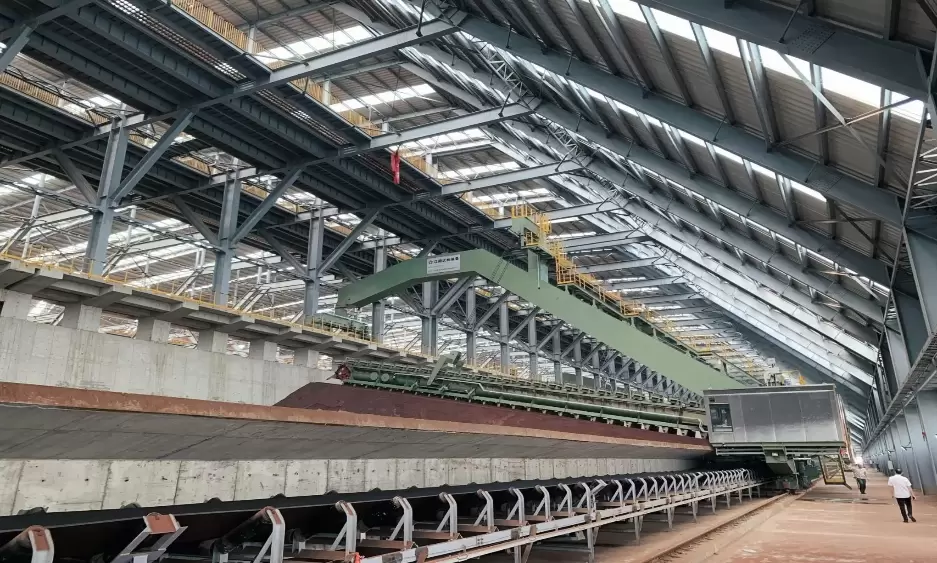Print vs. Copy: A Comparative Analysis for Optimal Efficiency

In the digital age, the question of whether it is better to print or copy is a pertinent one. This debate is not merely confined to the realm of paper and ink, but extends to digital documents, images, and other forms of data. This article aims to delve into the intricacies of this topic, providing a comprehensive analysis of the advantages and disadvantages of both methods, and offering insights into which approach might be more suitable in different scenarios.
The first aspect to consider is the purpose of the task. If the goal is to create a single, high-quality output, printing is often the better choice. Printing typically offers superior resolution and color accuracy, making it ideal for professional presentations, portfolios, or any situation where the quality of the output is paramount. Moreover, modern printers offer a wide range of customization options, allowing users to adjust the quality, size, and layout of the print to their specific needs.
On the other hand, if the task involves producing multiple identical copies, copying is usually more efficient. Most copiers can produce duplicates much faster than printers, making them a better choice for high-volume tasks. Additionally, copiers often have built-in features like collation and stapling, which can save time and effort when producing large quantities of documents.
However, the decision between printing and copying is not always clear-cut. There are several factors that can tip the scales in one direction or the other. For instance, the cost can be a significant factor. While printing may offer higher quality, it is also typically more expensive, both in terms of the initial investment in a printer and the ongoing costs of ink and paper. Copying, while faster and more convenient for large quantities, can also be costly if the volume is high enough.
Another factor to consider is the environmental impact. Both printing and copying consume resources and produce waste, but the extent can vary depending on the specific methods and technologies used. For instance, digital printing can be more environmentally friendly than traditional offset printing, as it eliminates the need for plates and reduces waste. Similarly, digital copying can be more sustainable than analog copying, as it reduces the need for physical storage and transportation.
In conclusion, the question of whether it is better to print or copy is not a simple one. It depends on a variety of factors, including the purpose of the task, the volume of output, the cost, and the environmental impact. By carefully considering these factors, individuals and organizations can make informed decisions that balance quality, efficiency, cost, and sustainability.

